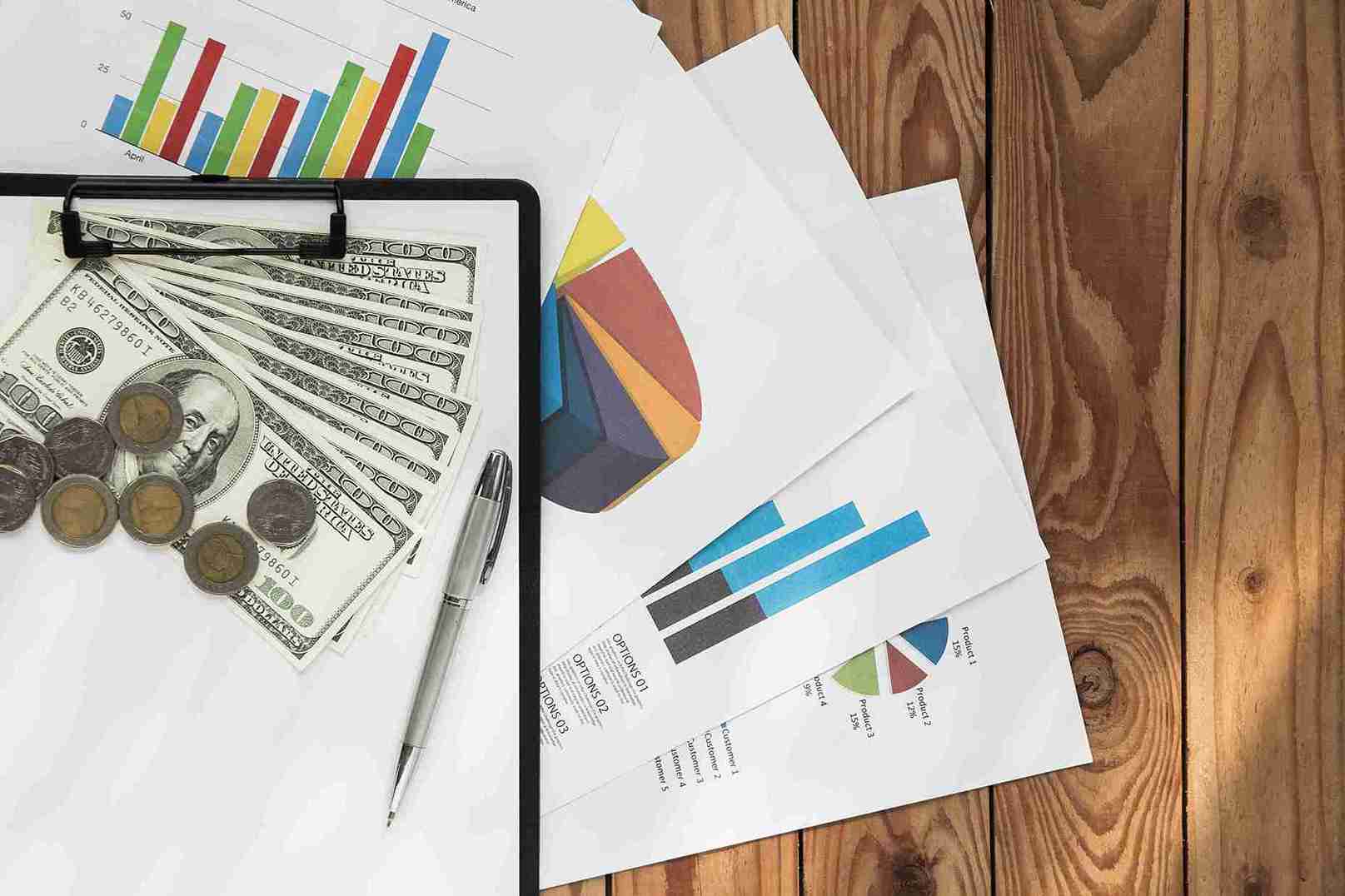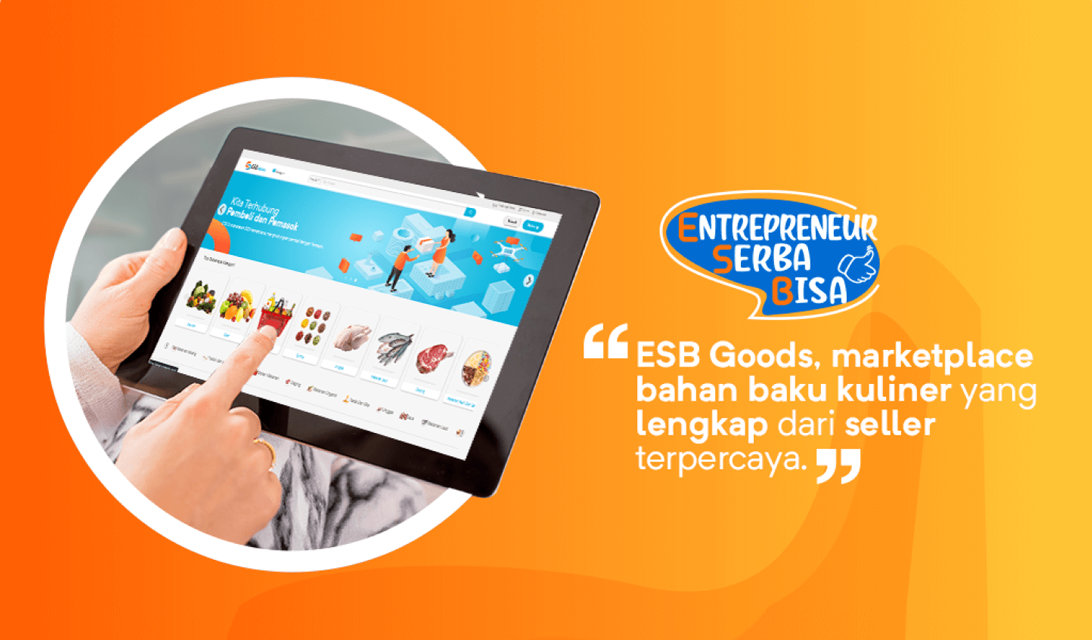 SHARE
SHARE
Pricing as the Key to Sales: Understand Its Goals and Effective Strategies
Sovia
Imagine you're starting a culinary business. Your menu is tempting, the location is strategic, and the service is great.
But why aren’t customers flooding in? The answer might lie in your pricing strategy.
Pricing is a crucial element that’s often overlooked. In reality, how you set prices can influence your brand image and sales performance.
In this article, we’ll dive into the concept of pricing, what it means, its objectives, and smart strategies to boost your sales. Let’s get started!
Understanding the Meaning of Pricing
In the business world, pricing is the essential process of determining the selling price of a product or service.
It’s more than just attaching a price tag—it involves careful calculation and a strategic approach.
The goal is to find a price point that’s acceptable to the market while keeping your business profitable.
Simply put, pricing is the process of evaluating the perceived value of your product.
The price you set should reflect the product’s benefits, production costs, and current market conditions. Without proper pricing, your business might struggle to compete or even lose customer trust.
Setting prices can’t be done carelessly. You need to consider market trends, competitor pricing, and consumer perception of your product.
For example, pricing too low might attract attention, but it could also raise doubts about quality.
That’s why pricing isn’t just about being cheap or expensive it’s about perception and value.
The right pricing strategy can help your product stand out, even in a saturated market.
One common form of pricing is transfer pricing, a method used to set prices between business units within the same corporate group.
This is especially important for companies operating across different countries or regions with varying tax regulations.
Another well-known strategy is predatory pricing, setting prices extremely low to drive out competitors.
While it might yield short-term gains, this high-risk approach can violate market regulations.
In the end, understanding what pricing really means isn’t just about numbers, it’s about how your business can grow sustainably.
With the right approach, pricing can become your secret weapon to win over customers.
The Purpose of Setting Product Prices
Source: freepik.com
Pricing isn’t just about numbers, it’s a powerful strategy to support your business goals.
Each brand has its own priorities, depending on its vision and direction. But in general, here are some common objectives of pricing:
1. Maximizing Profit and Accelerating ROI
The right price helps your business achieve ideal profit margins. It’s typically calculated from the difference between production costs and the most reasonable selling price in the market.
This strategy can speed up return on investment and drive business growth.
2. Attracting Consumers and Maintaining Market Position
Customers often evaluate both price and quality before buying. When the price aligns with the product’s perceived value, customer loyalty grows.
This helps your brand maintain a strong position in the market.
3. Creating Competitive Stability and Business Sustainability
Prices that are too low or too high can trigger price wars among competitors.
A balanced pricing strategy keeps competition healthy and gives your business a better chance of survival and growth.
With targeted pricing, your business objectives can be achieved more easily and sustainably.
Pricing Strategies to Boost Sales
A pricing strategy is the approach a business uses to set the selling price of its products.
The goal isn’t just to cover production costs, but also to attract customers and drive sales.
Here are some pricing strategies worth considering:
1. Competition-Based Pricing
This strategy focuses on market prices set by competitors. Businesses monitor competitor pricing trends and adjust accordingly to stay competitive, either slightly lower, similar, or slightly higher.
2. Value-Based Pricing
Prices are determined by the perceived value for the customer. This is often used for premium products with unique advantages.
The focus isn’t on production cost, but on how much value customers assign to the product.
3. Cost-Plus Pricing
A fixed profit margin is added to total production costs. This ensures that all expenses are covered while maintaining stable profits. It’s ideal for products with clearly defined cost structures.
4. Psychological Pricing
This method influences how customers perceive price. A classic example is pricing a product at IDR 9,900 instead of IDR 10,000. Even with a small difference, it feels significantly cheaper to the customer.
5. High-Low Pricing
The product is launched at a high price, then lowered through promotions. Often used by retailers, this creates a sense of exclusivity. Discounted prices attract bargain-seeking customers.
6. Penetration Pricing
This strategy aims to enter the market quickly and aggressively. Products are sold at low prices to encourage trial. Once brand awareness grows, prices are increased to boost profit.
7. Dynamic Pricing
Prices are adjusted in real-time based on demand and market conditions. You’ll often see this with airline tickets or flash sales on e-commerce platforms. This requires data and technology to implement effectively.
8. Skimming Pricing
Best for innovative products with little initial competition. Prices are set high at launch to target early adopters. Once the market matures, prices are gradually lowered.
9. Geographic Pricing
Prices vary depending on the customer's geographic location. Factors such as taxes, shipping costs, and local purchasing power are considered.
For example, pricing in big cities may differ from rural areas.
By understanding your product and target market, you can choose the most suitable strategy. The right pricing strategy keeps you competitive while driving sales.
Read more: How to Calculate Discounts Easily and Keep Your Profits Intact
FAQ – Pricing in Business
1. What is pricing in business?
Pricing is the process of determining the selling price of a product or service by considering production costs, perceived customer value, competitor prices, and market conditions.
2. What is transfer pricing?
Transfer pricing is the practice of setting the selling price of goods or services between business units within the same corporate group.
It is usually done for efficiency, especially in large or multinational companies, and is closely regulated for tax compliance.
3. What is predatory pricing?
Predatory pricing is a strategy of selling products at very low prices to drive competitors out of the market.
While it can be effective in the short term, this strategy carries high risks and is prohibited under competition laws in some countries.
4. What is cost plus pricing?
Cost plus pricing is a method of setting prices by adding a fixed profit margin to the total production cost.
This method is simple, transparent, and suitable for businesses with clear cost structures.
5. What are some effective pricing strategies?
Commonly used pricing strategies include:
- Competition-Based Pricing (based on competitor prices)
- Value-Based Pricing (based on perceived customer value)
- Psychological Pricing (using prices that influence perception)
- Penetration Pricing (low prices to quickly enter the market)
- Dynamic Pricing (prices adjusted in real time)
Conclusion
Pricing is not just about numbers—it’s also about brand image and business strategy.
From the simplicity of cost plus pricing to the persuasive power of psychological pricing, each method can be applied according to your needs.
To make it easier to manage prices, promotions, and track sales, you can use ESB POS.
This point-of-sale system integrates with GrabFood, GoFood, and ShopeeFood, and can be accessed from both the kitchen and cashier.
Contact the ESB team today and discover the pricing strategy that will make your business sell more and earn more!
 SHARE
SHARE




